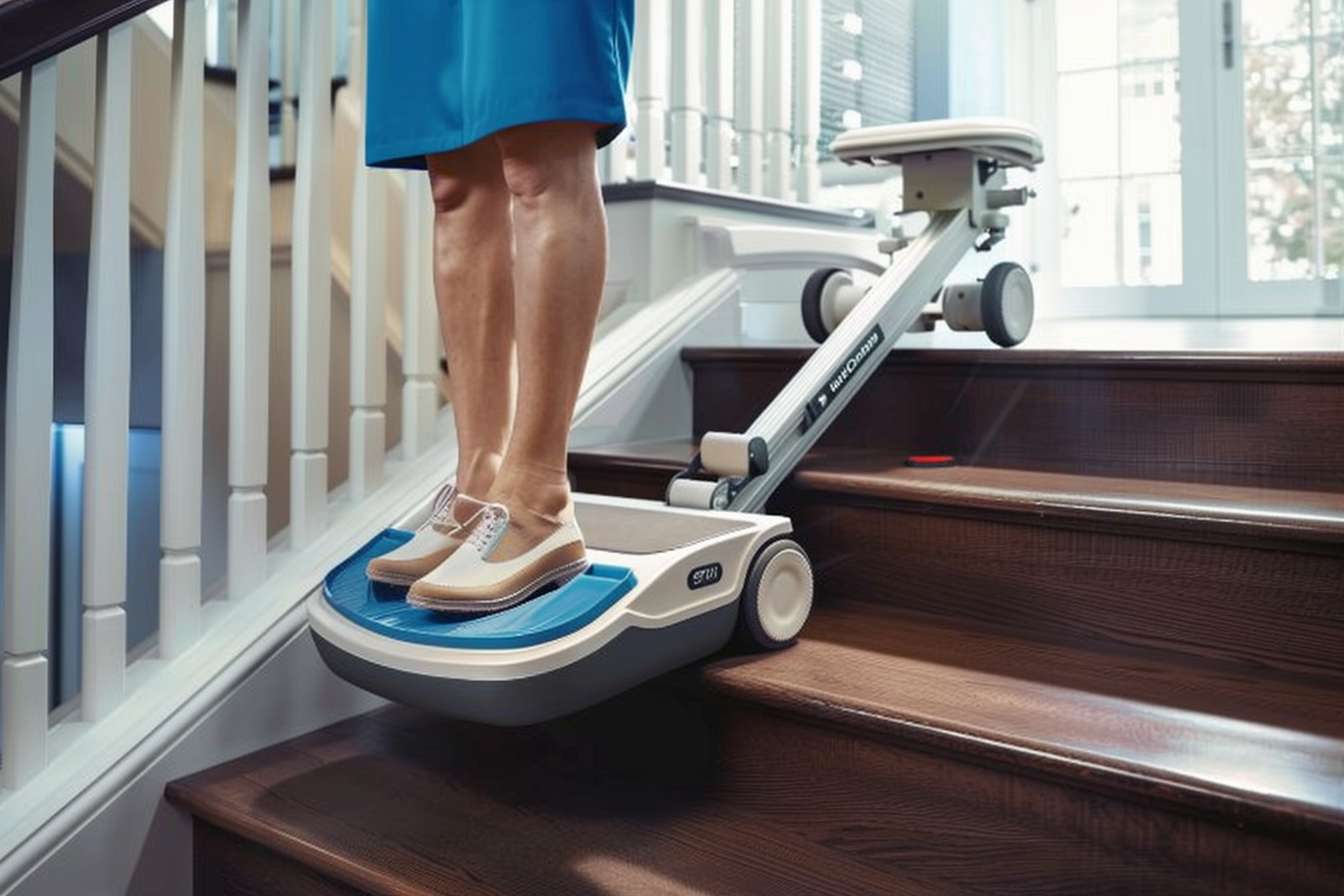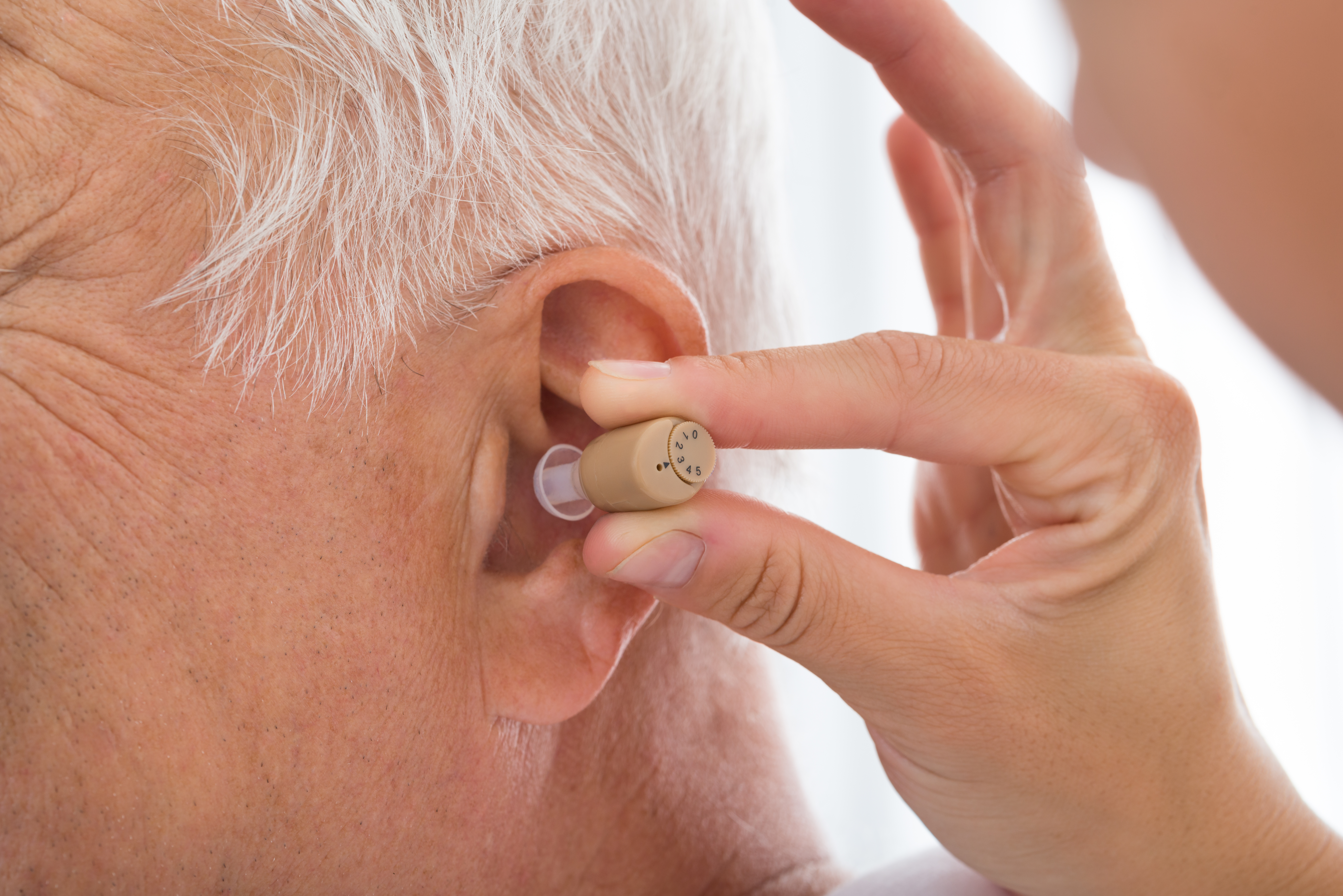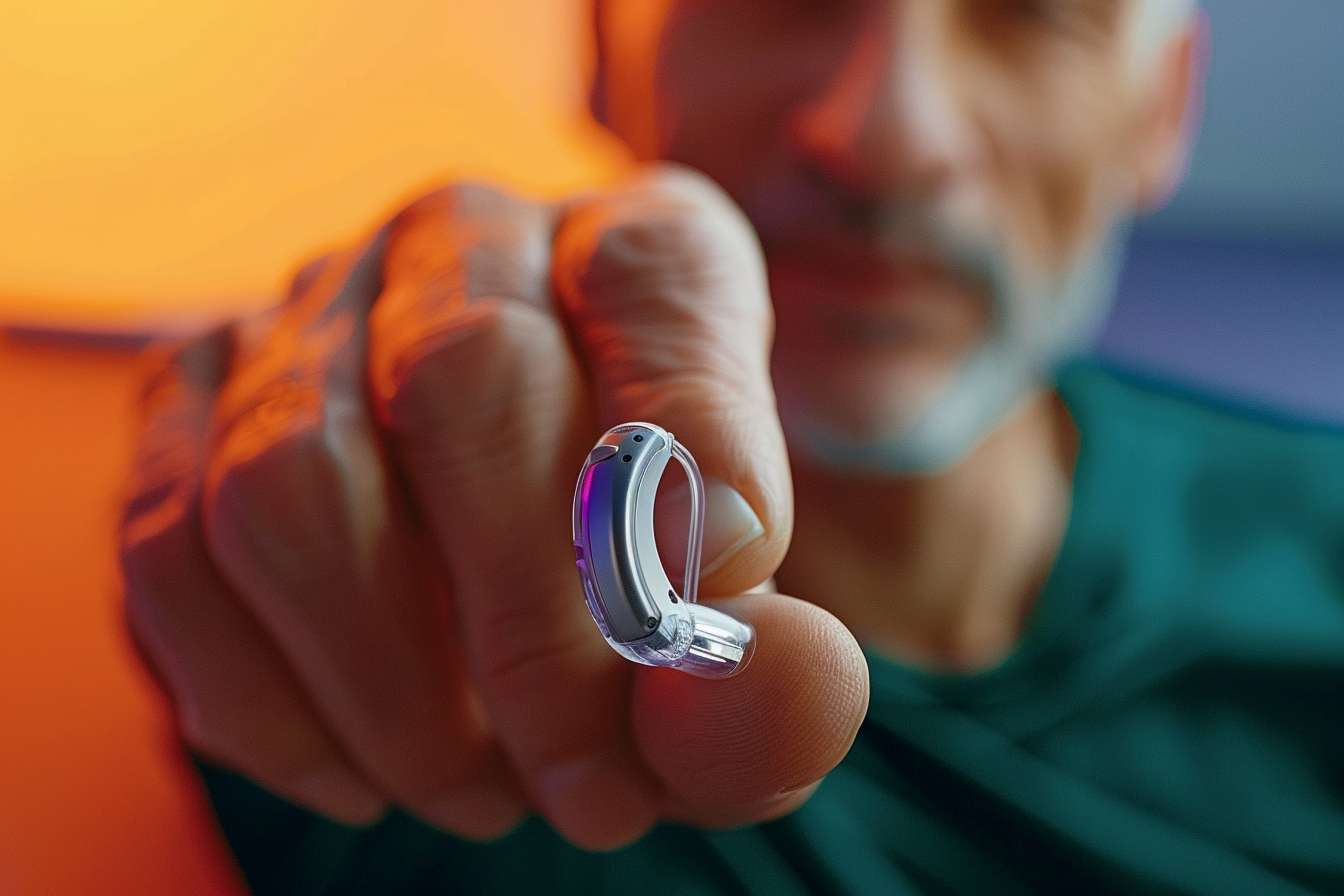Mobile Stair Lifts Without Installation: Safe, Simple, and Ready to Use
Mobile stair lifts offer an innovative solution for individuals seeking immediate accessibility without permanent home modifications. These portable devices provide safe stair navigation through battery-powered operation and lightweight design, making them ideal for temporary needs, rental properties, or situations where traditional installation isn't feasible. Unlike fixed installations, mobile units can be positioned and used immediately, offering flexibility and convenience for users with mobility challenges.

For many people facing mobility challenges, navigating stairs can become a significant barrier to independence and comfort within their own homes. Traditional stair lifts require professional installation, structural modifications, and considerable investment. However, mobile stair lifts present an alternative approach that eliminates these requirements while maintaining safety and functionality.
What Is a Mobile Stair Lift?
A mobile stair lift is a portable mobility device designed to assist individuals in safely ascending and descending stairs without requiring permanent installation or structural modifications to the home. These units typically feature battery-powered operation, lightweight construction, and adjustable components that adapt to various staircase configurations. Unlike traditional rail-mounted systems, mobile stair lifts can be positioned as needed and stored away when not in use.
The core design focuses on portability and ease of use. Most models incorporate foldable seats, adjustable safety rails, and compact bases that can navigate standard residential staircases. The battery-powered motors provide sufficient power to carry users weighing up to 300 pounds, depending on the specific model and manufacturer specifications.
How Does a Mobile Stair Lift Work?
Mobile stair lifts operate through a combination of battery-powered motors, safety mechanisms, and user-controlled navigation systems. The device typically features a motorised platform or seat that moves along the staircase using tracked wheels or specialised treads designed to grip stair surfaces securely.
Users position themselves on the designated seat or platform, secure any provided safety restraints, and operate the unit using simple controls such as joysticks or push buttons. The motor system engages to move the device up or down the staircase at a controlled speed, typically ranging from 10 to 20 feet per minute. Safety sensors detect obstacles or irregularities, automatically stopping the device if potential hazards are identified.
The charging system allows for multiple uses between battery charges, with most units providing 8 to 12 round trips on a single charge. When not in use, the device can be folded or disassembled for storage in closets, garages, or other convenient locations.
What Are the Key Benefits of Mobile Stair Lifts?
Mobile stair lifts offer several advantages over traditional installed systems. The primary benefit is immediate usability without professional installation, structural modifications, or building permits. This makes them particularly valuable for rental properties, temporary living situations, or homes where permanent modifications aren’t desired or permitted.
Portability represents another significant advantage. Users can transport the device between different locations, making it suitable for visiting family members, vacation homes, or temporary accommodations. The ability to store the unit when not needed preserves the aesthetic appearance of staircases and prevents the device from becoming a permanent fixture.
Cost considerations also favour mobile units in many situations. Without installation fees, structural modifications, or ongoing maintenance contracts, the total cost of ownership typically remains lower than traditional systems. Additionally, the devices retain resale value and can be easily transferred to new users or locations.
Safety features in modern mobile stair lifts include emergency stop functions, battery backup systems, and weight capacity indicators. Many models incorporate additional safety rails, secure seating with restraints, and non-slip surfaces to ensure user confidence and security during operation.
| Product Type | Provider | Key Features | Cost Estimation |
|---|---|---|---|
| Portable Stair Climber | HME Mobility | Battery-powered, 300lb capacity, foldable design | £2,500 - £4,000 |
| Mobile Stair Lift Chair | Access Solutions | Tracked movement, safety sensors, remote control | £3,200 - £5,500 |
| Lightweight Stair Assistant | Mobility Plus | Compact storage, quick setup, emergency stop | £1,800 - £3,200 |
| Professional Mobile Unit | Care Equipment Ltd | Heavy-duty construction, extended battery, warranty | £4,000 - £6,500 |
Prices, rates, or cost estimates mentioned in this article are based on the latest available information but may change over time. Independent research is advised before making financial decisions.
The practical applications of mobile stair lifts extend beyond permanent disability situations. Individuals recovering from surgery, managing temporary mobility restrictions, or dealing with progressive conditions that may not yet require permanent solutions find these devices particularly beneficial. The flexibility to use the equipment as needed without long-term commitment provides both physical assistance and peace of mind.
Maintenance requirements for mobile stair lifts remain minimal compared to installed systems. Regular battery charging, occasional cleaning, and periodic inspection of moving parts typically suffice to maintain proper operation. Most manufacturers provide user manuals with clear maintenance guidelines and troubleshooting procedures.
Mobile stair lifts represent a practical solution for individuals seeking immediate accessibility improvements without the complexity and permanence of traditional installations. Their combination of safety features, portability, and cost-effectiveness makes them suitable for various situations where conventional stair lifts may not be appropriate or feasible. As mobility technology continues advancing, these devices offer an increasingly viable alternative for maintaining independence and safety in multi-level living environments.



